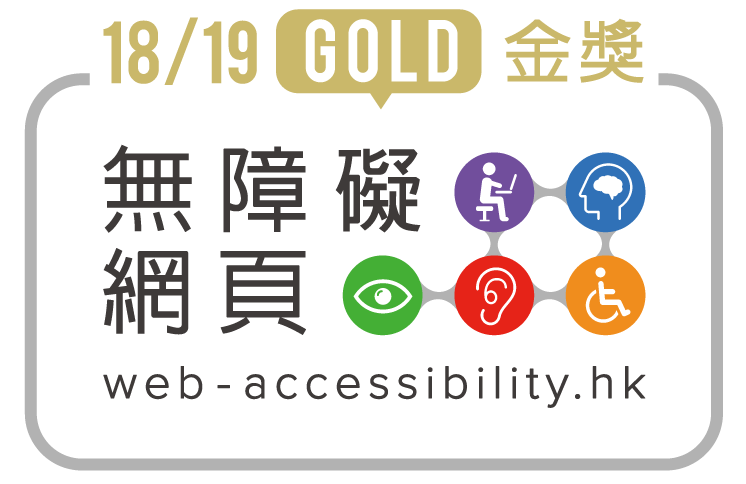
The collection “The Cultural Revolution in Images: Caricature-Posters from Guangzhou 1966-1977” showcases the two hundred and sixteen original posters from the Chinese University of Hong Kong (CUHK) Library. The posters are divided into two groups: Red Guards’ posters dated between 1966-1967; and images produced against the Gang of Four dated between 1976-1977. The aim of this digital collection is to make these valuable visual sources available to the academic community, and to allow scholars to employ them for research and teaching.
The CUHK Library acquired this collection with the help of collector and book dealer Mr. Wong Chi Ching 黃志清 (66聯合中文). During the Cultural Revolution, Mr. Wong gathered Chinese books and magazines, which were later acquired by prestigious universities in Hong Kong and around the world. CUHK Library initially purchased one hundred fifty-eight posters from Mr. Wong between 2006 and 2008; Mr Wong then kindly donated another fifty-eight scrolls to the Library in 2015. It is thanks to Mr. Wong’s foresight and generosity that scholars and students can now freely access Cultural Revolution posters at CUHK.
Most of the pieces showcased in this collection are satirical caricatures against party leaders drawn in Guangzhou during the Cultural Revolution. It is quite challenging to classify these images, as generally there are two words used to describe them: “cartoons” (漫畫, manhua) or “propaganda posters” (宣傳畫, xuanchuan hua ). On the one hand, the term manhua , commonly translated as “cartoon” in English, appropriately describes the satirical content of these pieces. On the other hand, the term xuanchuan hua , or “propaganda poster”, correctly underlines the propagandistic function and the public nature of these images. Eventually, the name “caricature posters” (諷刺宣傳畫, fengci xuanchuanhua) has been chosen to label the pieces of this collection as it comprises both the content and the function of these items.
The satirical content of these pieces sets them apart from the most well-known propaganda posters. Caricatures of party leaders were popular during the Cultural Revolution: for instance, Red Guard Weng Rulan’s 翁如蘭 (1944-) “Crowd of Clowns” (群醜圖, chunchoutu) – a plate featuring the caricature of thirty-nine purged public figures – is now considered one of the most iconic art works of this historical period. However, despite of the popularity of Weng’s work, most of the posters of the Cultural Revolution favour portrays of glorious Red Guards over the cartoonish effigies of fallen leaders. Because of their focus on caricatures, the posters of the CUHK Library stand apart from the most known images of the Cultural Revolution, and make them unique visual material for scholars and students.
This digital collection is organized into two sections: the first entitled “Caricature Posters of the Cultural Revolution in Guangzhou” showcases posters dated between 1966 and 1967; the second section entitled “The End of the Gang of Four” presents posters dated between 1976 and 1977. The posters are then divided according to their content, mostly the identity of the politician they targeted. All the available information about each image (author and date of production) are provided, together with a translation of texts and slogans contained in the posters.
This collection is curated by Dr. Laura Pozzi (laurapozzi@cuhk.edu.hk; laura.pozzi@eui.eu) in collaboration with CUHK Library's Research Support and Digital Initiatives team. Special thanks to Dr. Lingjie Ji for cooperating in the translation process.

